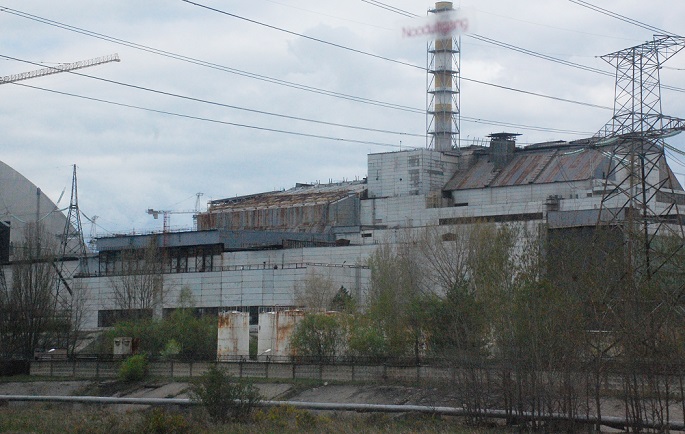Radiation situation in Ukraine remains normal
Published : 07 Mar 2022, 00:41
The radiation situation in Ukraine is normal and the situation of nuclear power plants is safe and their security arrangements work, said Finland's Radiation and Nuclear Safety Authority (STUK), quoting the State Nuclear Regulatory Inspectorate of Ukraine (SNRIU).
The SNRIU reports on the radiation situation in Ukraine on its website (snriu.gov.ua) on Sunday.
The Chernobyl nuclear power plant is located in the northern part of Ukraine. One of the four reactors of the plant was destroyed in 1986. A protective dome has been built on top of the destroyed reactor. The other three reactors have been permanently shut down and the fuel has been removed from their reactors. The Chernobyl area also has storages of spent nuclear fuel and other nuclear waste.
According to the Presidential Office of Ukraine, Russian troops took control of the Chernobyl nuclear power plant on 24 February. This seizure does not pose a radiation threat to Finland. The threat of radiation spreading is mainly local.
The Chernobyl plant area is surrounded by a 30-km exclusion area and the dose rate caused by external radiation there has remained high since the 1986 accident.
As a result of the military actions, the movement of vehicles and people in the area has increased, resulting in the release of radioactive substances into the air.
Radioactive particles are heavy, as dust from the area is bound to the particles, and they do not travel long distances. Increased levels of radiation were local and they have already decreased to normal in the area.
The spent nuclear fuel stored in the Chernobyl area is still very radioactive. However, it has been cooled down for a long time and there is virtually no risk of radioactive substances spreading to a very large area.
Ukraine has four active nuclear power plants with a total of 15 reactors. Even if the nuclear power plants in use in Ukraine were badly damaged, the serious radiation effects would not reach Finland.
The Ukrainian nuclear power plants are water-cooled plants with the same basic structure as the Loviisa nuclear power plant.
An accident such as the one in Chernobyl in 1986 is not possible. The Chernobyl reactor used graphite as the moderator, the combustion of which raised radioactive substances high in the air and subsequently spread them to a very large area through the air currents.
Nuclear power plants are generally quite strong constructions, as they have to tolerate many extreme natural events. The multiple safety systems of nuclear power plants are capable of performing safety functions even if some part of the plant is damaged. However, nuclear power plants for civil use are not designed to withstand military attacks.
In addition to direct attacks on nuclear power plants, indirect impacts may occur, for example, through the operation of the electricity grid, maintenance and staffing of the plant.
For example, paralysing the Ukrainian electricity grid would affect the operation and production of nuclear power plants.
Nuclear power plants would then have to operate with standby supply system for significantly longer periods than normal.
STUK has no detailed information about the plants in Ukraine and their design criteria, or more detailed information about the preparedness and protection of nuclear power plants in Ukraine against intentional damage.
The Nuclear Safety Authority of Ukraine (snriu.gov.ua) said that on March 4, 2022 at about 1:00 a.m., the area of the Zapporizija nuclear power plant was bombed and a fire broke out in the area.
According to the authority, power units remain intact. Unit 1 reactor compartment auxiliary buildings have been damaged, which does not affect the safety of the unit. The systems and components important to the safety of the NPP are operational.
Radioactive waste which does not originate from nuclear power plants in Ukraine has been stored in several locations in different parts of the country. Such facilities typically hold disused radioactive sources and other low-level waste from hospitals and industry.
The Ukrainian authorities have reported missile attacks in the radioactive waste storage area of Kiev and Kharkiv. The authorities have also stated that the attacks have not damaged the storage areas in such a way that the radiation situation in the area would have changed. If the storages were damaged, the radiation could pose a danger locally.


